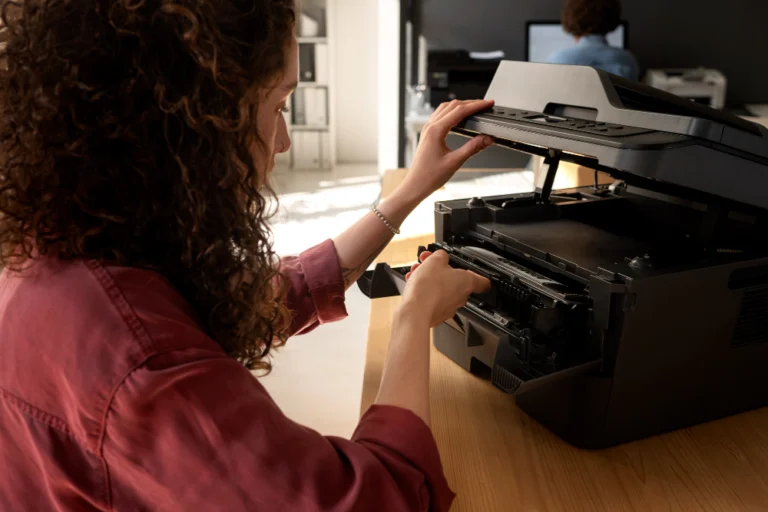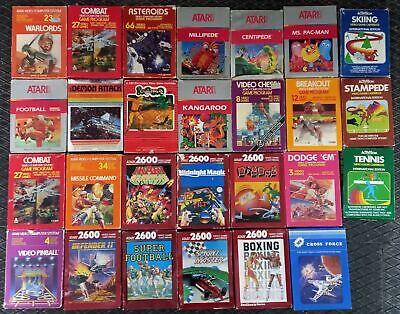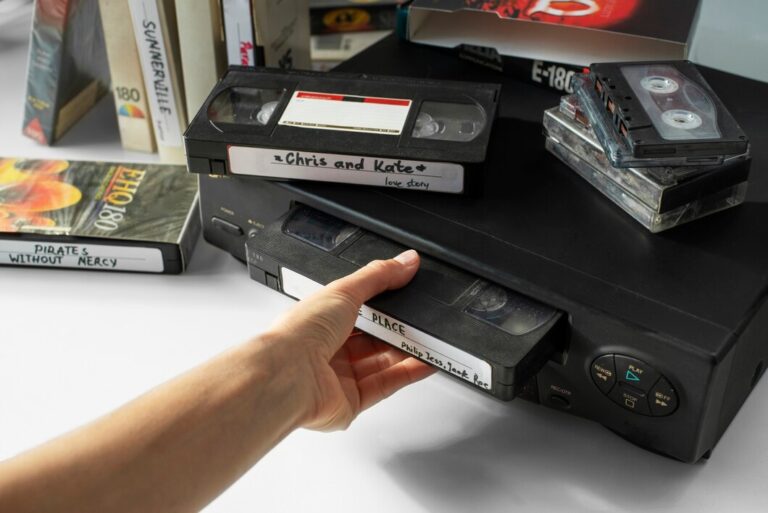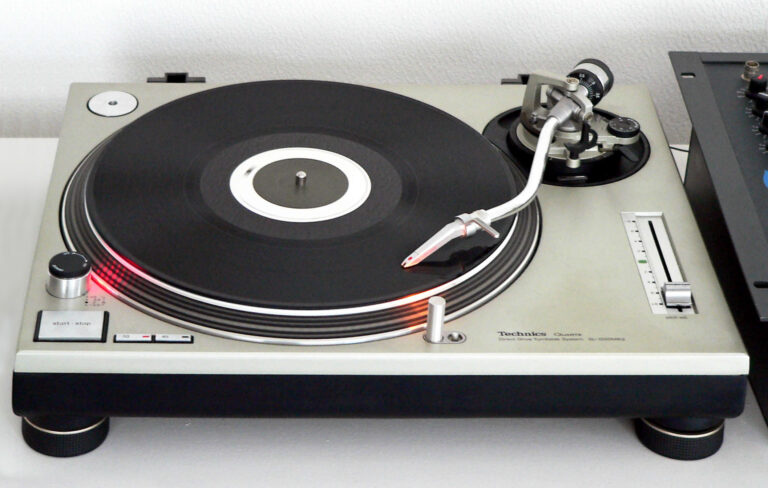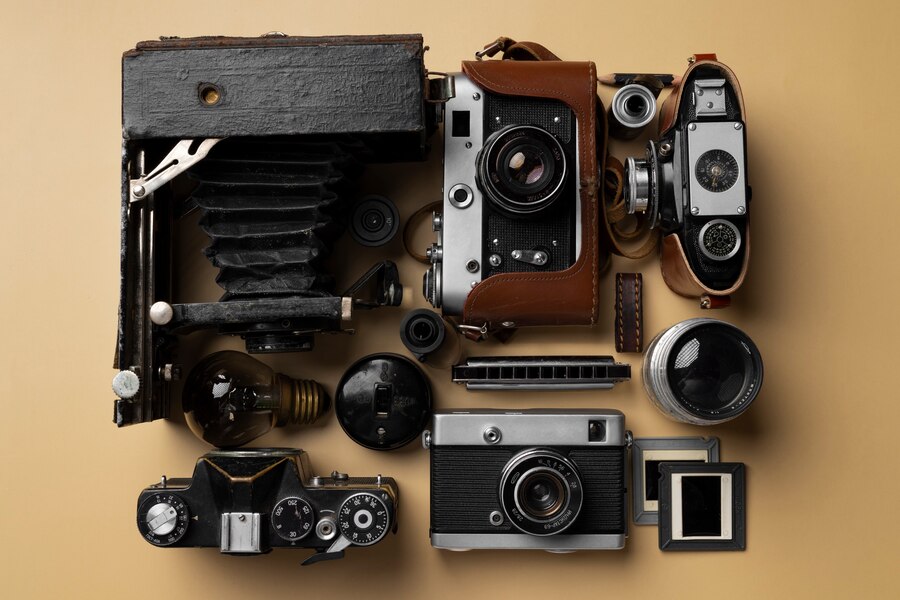
Remember the heft of it? The satisfying click (often artificially generated) as you captured a moment, not onto film, but onto. Well, what was it saved on? A floppy disk? A chunky memory card? Then the ritual of connecting cables, transferring agonizingly slowly to a PC, finally seeing your low-resolution, slightly off-color digital image appear on screen. The Digital Camera Evolution History is a fascinating journey of technological breakthroughs that reshaped photography.
It felt like magic, the future! Let’s rewind through the evolution of the digital camera, from its experimental origins to its ubiquitous presence inside our smartphones.
The Genesis Era: Filmless Dreams & Early Sparks (1970s – 1980s)

The journey begins not with a consumer product, but with an engineer’s curiosity. In 1975, Steven Sasson, working at Kodak (ironically, the king of film), cobbled together the world’s first self-contained digital camera.
This 8-pound behemoth used a novel CCD sensor, captured a 0.01-megapixel black-and-white image, took 23 seconds to record it onto a cassette tape, and required a custom playback unit to view on a TV. It was a proof-of-concept, a glimpse into a filmless future that Kodak itself was slow to embrace.
While true digital cameras remained lab experiments, the 1980s saw Sony capture public imagination with the Mavica line (starting 1981). These weren’t technically digital cameras (they recorded analog video signals) but were revolutionary because they stored still images electronically onto small magnetic floppy disks (“Mavipaks”). You could pop the disk out and view the low-resolution pictures on a TV.
The Mavica familiarized people with the idea of instant, filmless photography, even if the underlying tech was different.
Tech Spotlight: Kodak Digital Camera Prototype (1975)
- Inventor: Steven Sasson (Kodak engineer).
- Specs: 0.01 Megapixels, CCD sensor, saved to cassette tape (23 secs/image), B&W only, 8 lbs weight.
- Significance: The first known self-contained digital camera, proving the concept was possible, even if impractical at the time.
Tech Spotlight #2: Sony Mavica (Magnetic Video Camera, 1981 onwards)
- Innovation: Stored still analog video images on 2-inch floppy disks (Mavipaks).
- Impact: Popularized the concept of filmless photography and electronic image storage for consumers, bridging the gap to true digital.
Parallel Developments
Personal computers were beginning to appear (Apple II, IBM PC). CCD sensor technology was slowly advancing, often driven by scientific or military applications. Video cassette recorders (VCRs) were changing home entertainment.
User Experience Snapshot
For virtually everyone, photography still meant film – buying rolls, taking maybe 24 or 36 shots carefully, dropping it off for development, and waiting days to see the results. The Mavica offered a taste of immediacy, letting you view images on a TV almost instantly, a radical departure from the film workflow.
The Breakthrough Years: Pixels for a Price (1990s)
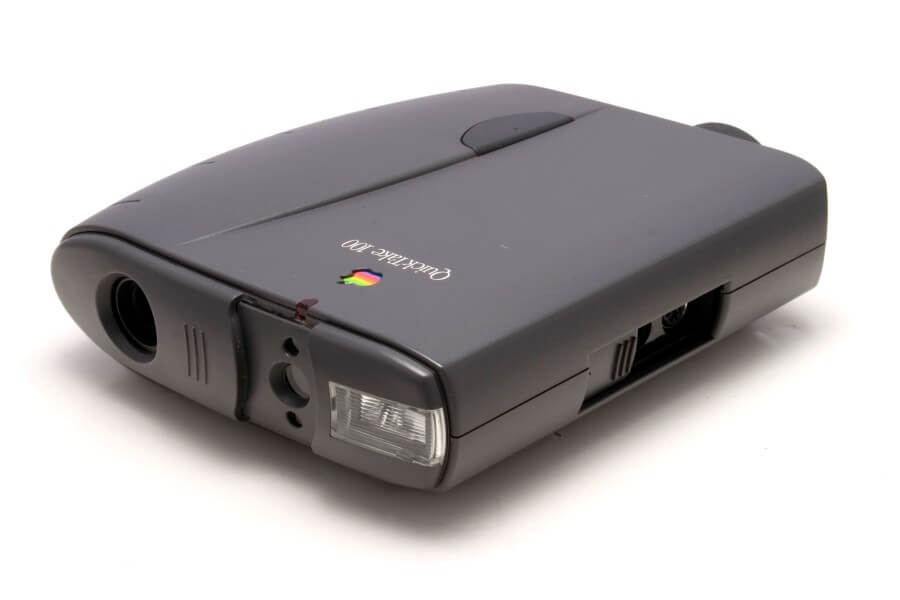
The 1990s saw the first true digital cameras reach the consumer market, though often with eye-watering price tags and significant limitations. The Dycam Model 1 (also sold as the Logitech FotoMan) in 1990 is often cited as the first commercially available digital camera, storing black-and-white images internally.
Progress accelerated quickly. Apple entered the fray with the QuickTake 100 (1994), manufactured by Kodak, notable for being one of the first color digital cameras under $1000. It captured 640×480 (0.3MP) images but could only store eight internally! A massive leap came with the Casio QV-10 (1995), the first digital camera with a built-in LCD screen on the back – allowing you to preview and review shots instantly, a feature that would become standard. Sony’s Cyber-shot and Canon’s PowerShot lines also debuted, establishing long-running dynasties.
These early cameras typically offered sub-megapixel resolution, suffered from slow processing times (“shot-to-shot delay”), had poor battery life, and used expensive, low-capacity proprietary memory cards (like SmartMedia or early CompactFlash). Transferring photos to a PC often required clunky serial cables and specific software. They were fascinating luxury gadgets for early adopters.
Tech Spotlight: Casio QV-10 (1995)
- Key Feature: First consumer digital camera with a rear LCD screen for image preview and review.
- Impact: Revolutionized usability. No longer shooting blind, users could instantly see their shots, delete bad ones, and frame better. This became an essential feature.
Milestone Markers
- 1990: Dycam Model 1 / Logitech FotoMan – First commercial digital camera.
- 1994: Apple QuickTake 100 – Early sub-$1000 color digital camera.
- 1995: Casio QV-10 introduces the rear LCD screen.
- Mid-Late 90s: Megapixel counts slowly climb towards 1MP+, storage formats like CompactFlash and SmartMedia appear, USB starts replacing serial ports for transfer.
Price Point Perspective
Early digital cameras were expensive, often costing $750-$1000+ in the mid-90s (equivalent to well over $1500-$2000 today), limiting their appeal primarily to tech enthusiasts and professionals.
User Experience Snapshot
Using an early digital camera was an exercise in patience. You’d take a shot, wait, see a low-res preview, carefully manage your tiny storage space (deleting blurry shots immediately!), swap batteries frequently, and then wrestle with cables and software to get the images onto your computer. But the ability to see photos instantly and avoid film costs felt like the future. Do you remember the first time you saw a digital photo appear on a computer screen?
The Refinement Period: The Point-and-Shoot Boom (Early-Mid 2000s)
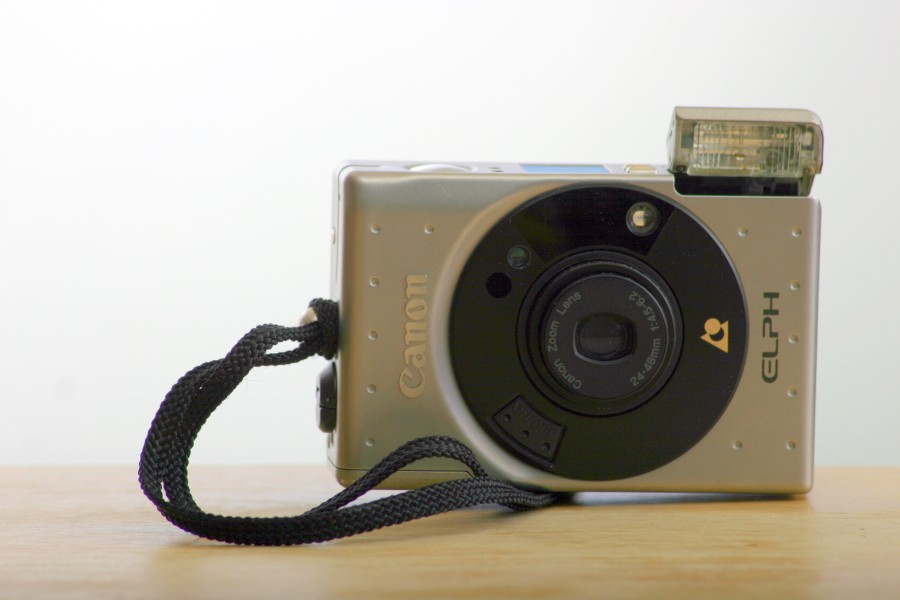
The early 2000s marked the explosion of the digital point-and-shoot camera. Technology matured rapidly, costs plummeted, and digital photography went mainstream. The “megapixel race” was in full swing – 2MP, then 3MP, then 5MP and beyond became common and affordable. Image quality improved dramatically thanks to better sensors (CCD still common, but CMOS gaining) and processing.
LCD screens got larger and brighter. Optical zoom lenses became standard features, moving beyond crude digital zoom. Cameras became smaller, sleeker, and more user-friendly, often sporting metal bodies (like the popular Canon Digital ELPH series).
SD cards emerged as the dominant, affordable, high-capacity storage format. Transferring photos via USB became effortless. Digital Single-Lens Reflex (DSLR) cameras also became more accessible for enthusiasts and professionals (e.g., Canon EOS 300D/Digital Rebel, Nikon D70), offering interchangeable lenses and superior image quality, but point-and-shoots ruled the mass market.
Tech Spotlight: Canon PowerShot Digital ELPH Series (Early 2000s onwards)
- Design: Ultra-compact, stylish metal bodies.
- Features: Combined good image quality (for the time), optical zoom, and user-friendly controls in a pocketable form factor.
- Impact: Hugely popular, defined the desirable aesthetic and feature set for consumer point-and-shoot cameras during their peak.
Technical Diagram Suggestion: Simplified diagram contrasting how a CCD sensor reads out data vs. how a CMOS sensor does.
Innovation Timeline (Conceptual)
- Early 2000s: 2-3 Megapixels become affordable standard, SD cards gain traction, USB transfer universal.
- Mid-2000s: 5-8 Megapixels common, LCDs improve, optical zoom standard, video recording modes appear, DSLRs become more affordable.
User Experience Snapshot
Digital cameras were everywhere! They were small enough to slip into a pocket or purse. Taking photos was easy – point, shoot, review on the LCD. Transferring hundreds of photos via USB and an SD card reader was simple. You could print decent 4×6 photos at home or kiosks. For most people, film became a thing of the past during this era.
The Revolution: Smartphone Integration & Connectivity (Late 2000s – Mid-2010s)
The disruption arrived not from a better dedicated camera, but from a device that did everything. While early mobile phones had rudimentary cameras, the launch of the original iPhone in 2007 was the catalyst for change. It wasn’t just about integrating a camera (initially a basic 2MP fixed-focus one) into a phone; it was about combining a decent camera with a powerful pocket computer, a high-resolution touchscreen display, and constant internet connectivity.
Suddenly, the workflow changed entirely. You could take a photo, view it on a great screen, edit it with apps, and instantly share it online via email, social media (like early Instagram), or messaging. The camera was always with you. Why carry a separate point-and-shoot? Smartphone cameras improved at an astonishing rate, quickly catching up to basic point-and-shoots in image quality, especially in good light.
Point-and-shoot sales began to plummet. Simultaneously, Mirrorless Interchangeable Lens Cameras (MILCs) emerged (starting with Panasonic’s G1 in 2008), offering DSLR-like quality and lens flexibility in smaller bodies, beginning to challenge the DSLR’s dominance in the enthusiast market.
Tech Spotlight: The Smartphone Camera (Post-iPhone 2007)
- Integration: Camera, computer, communication, and internet in one device.
- Convenience: Always with you, instant review and editing via apps.
- Connectivity: Seamless sharing to social media and cloud storage.
- Impact: Decimated the point-and-shoot market by offering “good enough” quality combined with unparalleled convenience and connectivity.
Gained / Lost
- Gained: Ultimate convenience, constant connectivity, instant sharing, powerful software-based editing, the rise of casual photography as constant documentation.
- Lost: Dedicated optical zooms, larger sensors (initially), physical controls, and the distinct market for simple point-and-shoot cameras.
User Experience Snapshot
Your phone became your primary camera for everyday moments. Taking a picture and sharing it on Facebook or Instagram took seconds. You stopped carrying a separate point-and-shoot unless you needed significant optical zoom or better low-light performance. The camera became less about planned photo sessions and more about capturing life as it happened.
The Modern Landscape: Computational Supremacy & Niche Survival (Mid-2010s – Present)
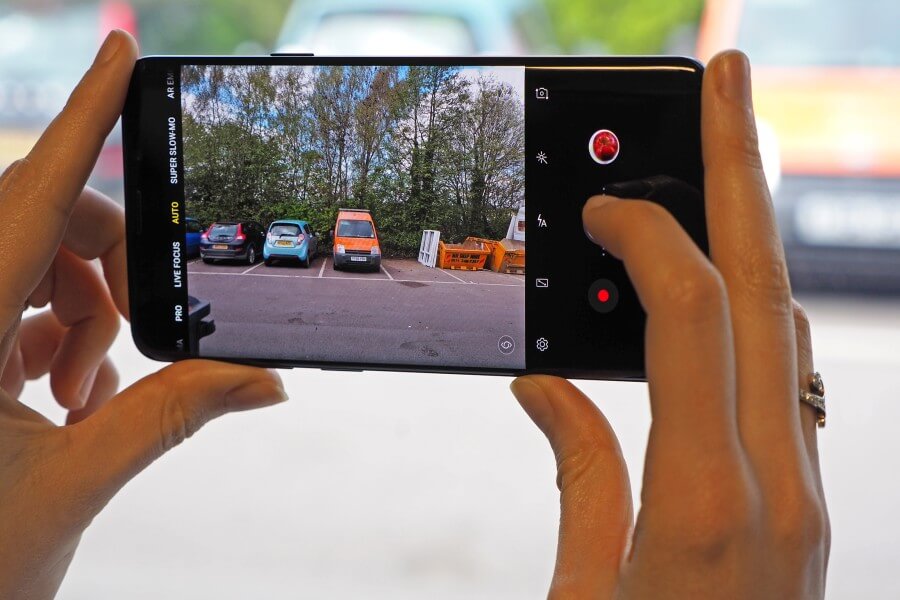
As of 2025, the transformation is largely complete. For the vast majority of people worldwide, including here in Vadodara, the smartphone is their camera. Smartphone manufacturers overcame the physical limitations of small sensors and tiny lenses through computational photography.
Using powerful processors and sophisticated AI algorithms, phones now capture multiple frames, merge exposures (HDR), intelligently blur backgrounds (Portrait Mode), dramatically improve low-light shots (Night Mode), and perform complex processing instantly to produce images that often rival or exceed what older point-and-shoots could manage. Multi-lens arrays offer different perspectives (wide, ultra-wide, telephoto).
The dedicated point-and-shoot market is a shadow of its former self, reduced to niche products like rugged/waterproof cameras, high-zoom travel cameras, or retro-styled enthusiast compacts (like the Ricoh GR or Fujifilm X100 series).
DSLRs are also fading, with major manufacturers like Canon and Nikon shifting focus almost entirely to mirrorless systems, which now offer cutting-edge autofocus, speed, and video features for professionals and serious hobbyists. Dedicated cameras still hold advantages in sensor size, optical quality (especially with interchangeable lenses), handling/ergonomics, and raw image flexibility, ensuring their survival in enthusiast and professional spheres.
Tech Spotlight: Computational Photography
- Concept: Using software algorithms and processing power to overcome hardware limitations and enhance image quality or create effects impossible with traditional optics/sensors alone.
- Examples: HDR merging, Portrait Mode (software bokeh), Night Sight/low-light enhancement, AI scene recognition, deep fusion/pixel stacking.
- Impact: The key driver behind modern smartphone camera quality, allowing tiny sensors to produce impressive results.
Heritage Impact
The digital camera revolution fundamentally changed photography from a planned activity involving film and processing costs to an instant, ubiquitous part of daily life. It fueled the rise of social media and visual communication. The innovations developed for dedicated digital cameras – sensors, image processing, autofocus systems – laid the groundwork for the powerful cameras now embedded in our smartphones.
Full Circle Reflections
From Steven Sasson’s 8-pound prototype saving a 0.01MP image to tape, to today’s smartphones capturing stunning multi-megapixel images enhanced by AI and shared globally in seconds, the journey has been incredible.
The desire for instant image capture and review, first hinted at by the Mavica and realized by early digital cameras, found its ultimate expression when combined with the connectivity and computing power of the smartphone.
The dedicated camera, once a luxury tech item, then a mass-market gadget, now survives by serving the dedicated enthusiast and professional, while its core function has been absorbed into the device we all carry.
FAQ: Snapping Up the Details
-
Who invented the digital camera?
Answer Steven Sasson, an engineer at Kodak, built the first self-contained digital camera prototype in 1975.
-
What was the first digital camera sold to consumers?
Answer The Dycam Model 1 (also sold as the Logitech FotoMan) in 1990 is generally considered the first commercially available digital camera. The Apple QuickTake 100 (1994) was an early color model under $1000, and the Casio QV-10 (1995) was the first with a rear LCD screen.
-
Why did smartphones replace most digital cameras?
Answer Smartphones offered unparalleled convenience (“the best camera is the one you have with you”), constant internet connectivity for instant sharing (social media, messaging), powerful apps for editing, and rapidly improving image quality powered by computational photography, making separate point-and-shoot cameras redundant for most people.
-
Are dedicated digital cameras still better than phones in 2025?
Answer: For image quality potential (especially in challenging conditions like low light or fast action), flexibility (interchangeable lenses), optical zoom range, and manual control/ergonomics, dedicated cameras (especially mirrorless and remaining DSLRs) still generally outperform smartphones due to larger sensors and superior optics. However, for convenience and many everyday situations, smartphones produce excellent results thanks to computational photography.
-
What is a megapixel?
Answer: A megapixel (MP) means one million pixels. It refers to the resolution of the camera’s sensor – how many individual points it uses to capture the image. More megapixels generally allow for larger prints and more cropping ability, but sensor size and quality are equally important for overall image quality.
-
What’s the difference between DSLR and Mirrorless cameras?
Answer: DSLR (Digital Single-Lens Reflex) cameras use a mirror mechanism to reflect light from the lens 1 up into an optical viewfinder. 2 When a picture is taken, the mirror flips up out of the way. Mirrorless cameras omit the mirror; light goes directly from the lens to the sensor, and the image preview is shown electronically on the rear screen or in an electronic viewfinder (EVF). Mirrorless cameras are generally smaller, lighter, and often offer faster autofocus and shooting speeds.

